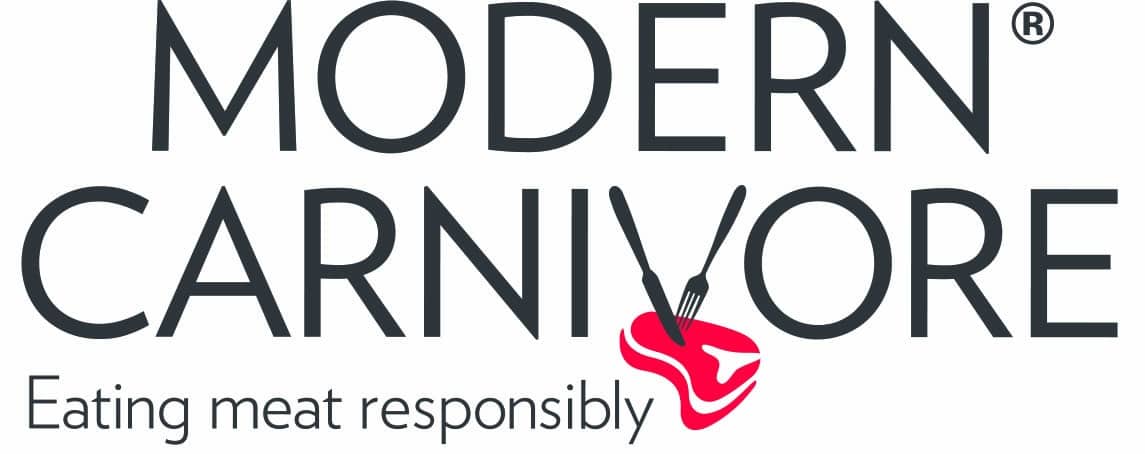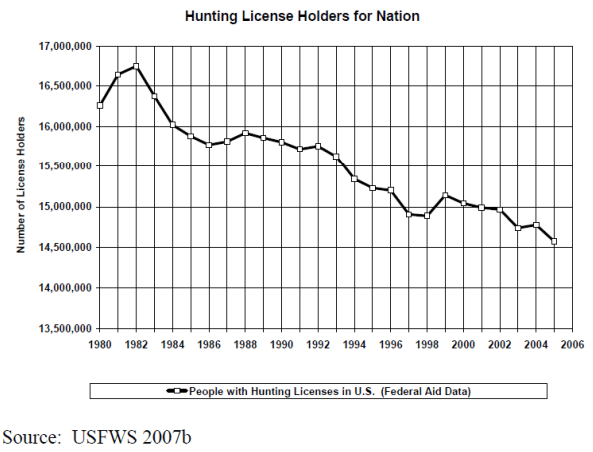The Imperative Of Hunter Recruitment
“R3” is the acronym used for recruiting, retaining and reactivating hunters and anglers. Hunter recruitment and retention strategies have been discussed for some time. And, the same challenges exist for the fishing community, though not as dramatically. Recently the conversations have become more urgent. Research data confirms the aging of a relatively homogeneous outdoor community. It’s sometimes referred to as “stale, pale and male”. So, why is this a concern?
Aging of Traditional Hunters
Matt Dunfee from the Wildlife Management Institute spoke at the recent Angler and Hunter Recruitment & Retention Summit. The event was sponsored by the Minnesota Department of Natural Resources (DNR). During his talk, Dunfee shared sobering statistics with the group of industry representatives about the current trends. The data points included:
- 94% of hunters are white
- 89% of hunters are male
- Only 6% of the general U.S. population hunts
And, if we look at total hunting license sales across the nation between 1980 and 2005 we see an alarming trend.
Reversing The Trend
To address these declines Dunfee encouraged everyone to look beyond the political, religious, ethnic or gender differences. To quote him, “What if we just went hunting or fishing together?”
In an era when there is so much that divides people in this country, the outdoor community needs to reach out. We need to welcome fresh faces that may be different from what we’ve seen in the past. If we don’t, we risk the health and viability of future hunting and fishing communities. Without representation the community will lose influence and resources that are critical to it’s health.
Colonel Scott St. Sauver who is the Garrison Commander at Camp Ripley Army Base also presented to the group. He agreed with Dunfee’s point of view and stated that he deals with the same challenges of a diverse community each day in the military. He argued that we need to embrace those differences and reach out to people who may come from other walks of life. He also never misses an opportunity at a boat landing to reach out a hand and introduce himself to someone new and try to help them learn more about the outdoor world.
Live Sustainably and Eat Locally
Keith Warnke from the Wisonsin DNR operates one of the most successful recruitment programs for new adult hunters. Called Learn To Hunt For Food, he focuses on the aspects of local, sustainable and free-range principles so popular with today’s younger adults. By focusing on aspect of killing an animal to harvest it’s meat, he presents hunting as new way that young people can find a connection to their food.
Beyond the Boys Club
Betty Wilkins founded the group Women Hunting & Fishing as a support network for women interested in hunting or fishing. She spoke during an afternoon breakout session about the importance of the hunting and fishing industry being more inclusive in their marketing and outreach. She pointed to the facts that segments like bowhunting have seen a large increase in participation by women. However, there’s still a need for better representation of women in the marketing done by industry manufacturers.
Here is a brief video summary of the Summit and several of the speakers.


